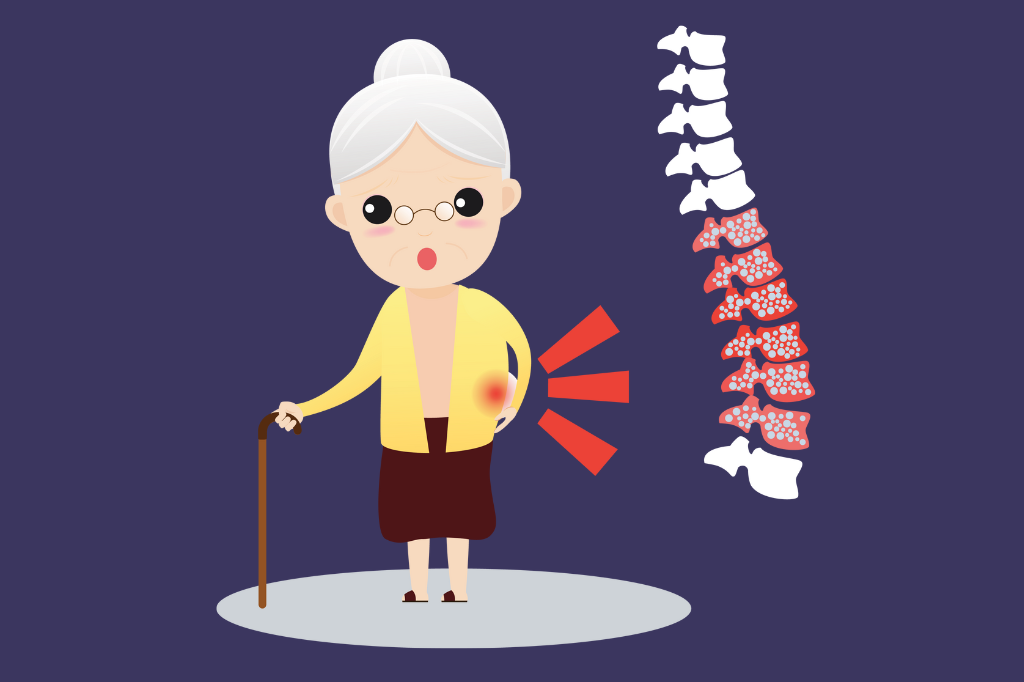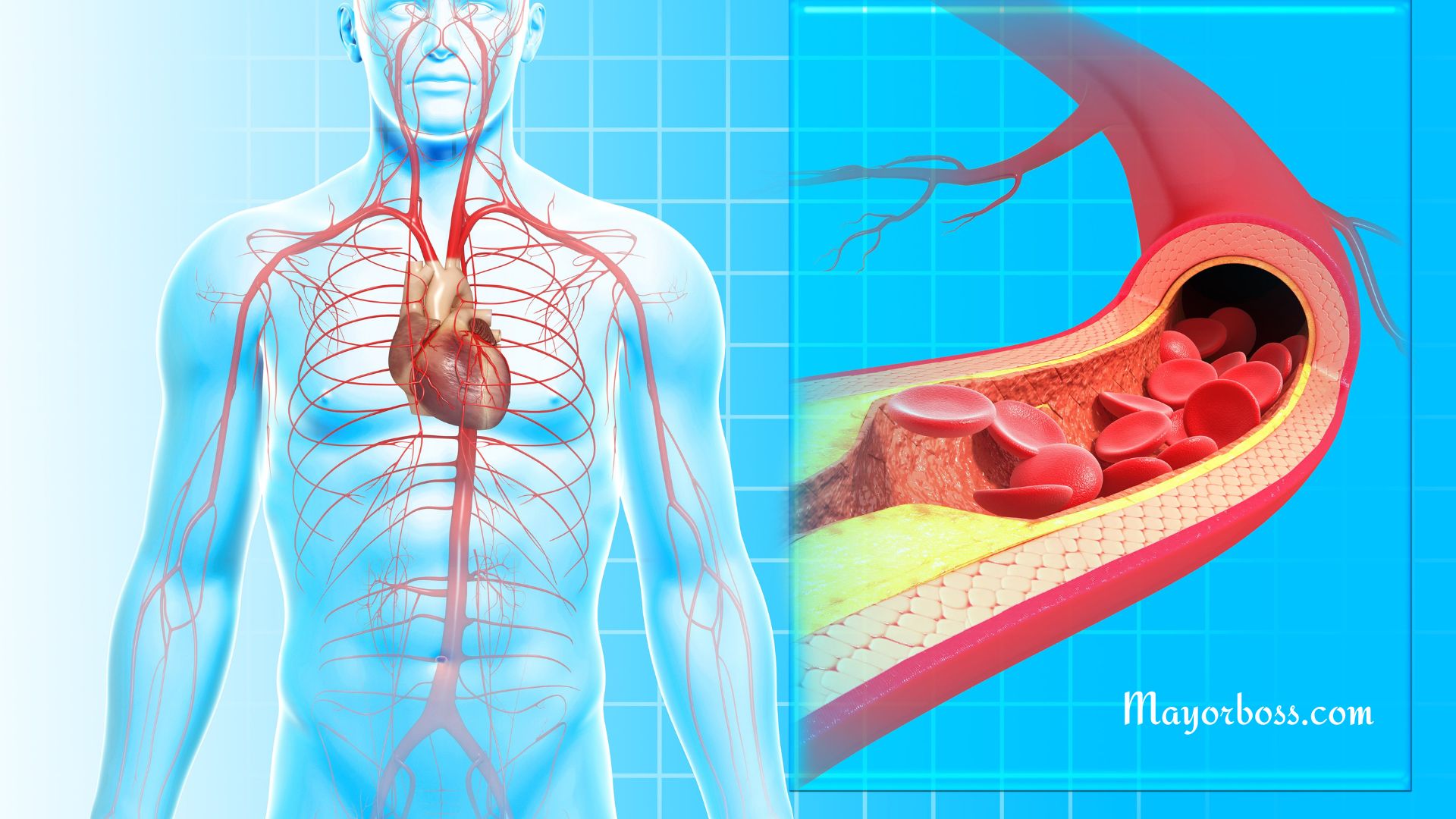14 Early Warning Signs of Sepsis
Sepsis is a life-threatening condition that requires prompt medical attention. In this article, I’ll share some of the early warning signs that might suggest someone is developing sepsis.
Remember, I’m here to provide strictly educational information, but if you suspect sepsis, you should seek medical help immediately.
What is Sepsis?
Sepsis happens when your body has an extreme response to an infection. Instead of just fighting the infection, your body starts to damage its own tissues and organs.
Left untreated, sepsis can lead to septic shock, organ failure, and death.
Early Warning Signs of Sepsis
1. Fever or Low Temperature
One of the first signs you might notice is a fever, indicating that your body is fighting off an infection. On the other hand, some people with sepsis may have a lower-than-normal body temperature.
2. Rapid Heart Rate
People with sepsis often experience rapid heart rate or tachycardia. You may feel your heart pounding or racing, even when you’re resting.
3. Shortness of Breath
Shortness of breath or rapid breathing could be an early symptom of sepsis as your body tries to get more oxygen to its tissues.
4. Confusion or Disorientation
Sepsis can affect the brain, leading to confusion, disorientation, or a decrease in mental alertness.
5. Extreme Discomfort or Pain
Many people with sepsis experience a feeling of extreme discomfort or pain, often described as the worst they have ever felt.
6. Clammy or Sweaty Skin
Sepsis can also cause your skin to feel clammy or sweaty, even if you’re not exerting yourself.
7. Decreased Urination
If you’re not urinating as much as usual, this might be a sign that sepsis is affecting your kidneys. For instance, you may notice that you have not urinated for a day.
8. Skin Discoloration
With sepsis, your skin might show signs of discoloration. This could take the form of unusual redness, blotches, or a pale complexion.
9. Extreme Cold
While fever is a common sign of sepsis, some individuals may instead feel extremely cold, with chills and shivering, especially in the early stages of sepsis.
10. Nausea and Vomiting
Some people with sepsis experience gastrointestinal symptoms like nausea or vomiting. This can sometimes make it difficult to keep down food or liquids.
11. Decreased Platelet Count
Severe sepsis can reduce the number of platelets in your blood, which are necessary for blood clotting. This might not be something you can detect on your own, but a blood test can reveal this symptom.
12. Weakness or Fatigue
Sepsis often causes a feeling of extreme tiredness or weakness, which might be disproportionate to your level of physical activity.
13. High Blood Glucose Levels
Even if you don’t have diabetes, sepsis can cause your blood glucose (sugar) levels to rise. Like the platelet count, this is usually detected through a blood test.
14. Swelling or Edema
Sepsis can cause fluid to build up in your tissues, leading to swelling. This is particularly noticeable in the legs and feet.
Final Thoughts
Remember, sepsis is a medical emergency. If you or someone else has any of these symptoms and there’s a possibility of an infection, seek medical help immediately. Time is of the essence when it comes to sepsis, and early treatment significantly improves the chance of survival.
The aim of this article is to raise awareness about sepsis and its symptoms, not to substitute professional medical advice.
Frequently Asked Questions about Sepsis
Sepsis occurs when your body’s response to an infection spirals out of control, causing inflammation throughout your body, which can lead to tissue damage, organ failure, and even death.
Any type of infection — bacterial, viral, fungal, or parasitic — can potentially lead to sepsis, but bacterial infections are the most common cause.
Sepsis can arise from infections in any part of the body, including the lungs (pneumonia), kidneys (urinary tract infections), skin (cellulitis), or abdomen (such as appendicitis).
The progression of sepsis can be rapid and unpredictable. Some individuals may become seriously ill within a matter of hours, while others may deteriorate over several days.
The timeline can depend on many factors, including the person’s overall health, the type and severity of the infection causing the sepsis, and the timeliness and effectiveness of treatment.
Sepsis is usually treated in the hospital, often in an intensive care unit (ICU), as it requires close monitoring and multiple forms of treatment.
The first step is usually to administer antibiotics to fight the infection causing the sepsis.
Additional treatments may include fluids to combat dehydration and maintain blood pressure, oxygen to assist with breathing, and potentially medications to stabilize heart function or reduce inflammation.
In severe cases, surgery may be necessary to remove the source of the infection.
The best way to prevent sepsis is to prevent infections that can lead to sepsis.
This includes practicing good hygiene (like regular hand washing), staying up-to-date with vaccinations, and taking care of chronic conditions that can increase your risk of infection.
If you do get an infection, it’s important to take it seriously and seek treatment promptly to avoid complications like sepsis.
Also, if you’re prescribed antibiotics, take them as directed and complete the full course to ensure the infection is fully eradicated.
Remember, if you suspect you or someone else may be experiencing symptoms of sepsis, seek medical help immediately.






